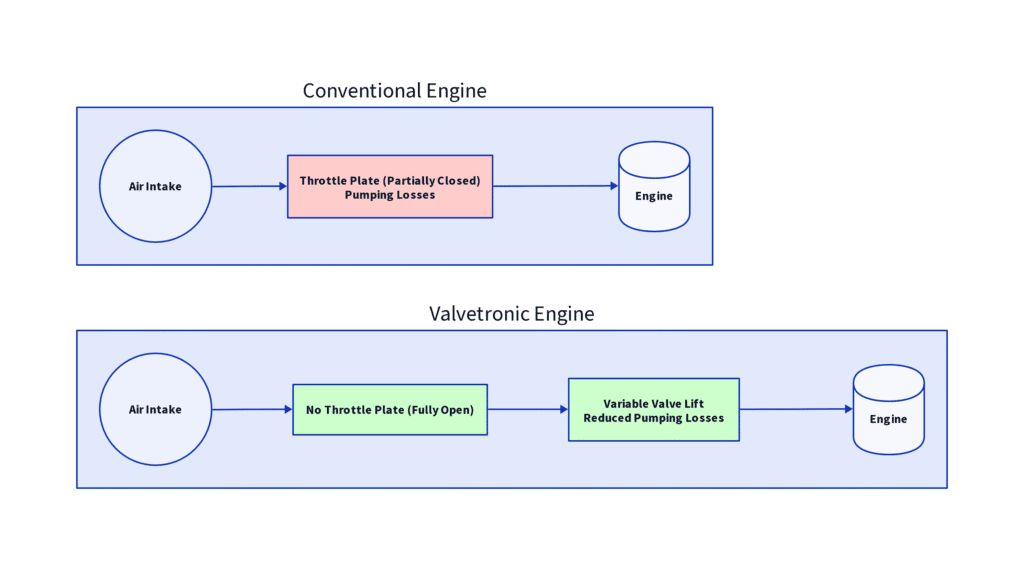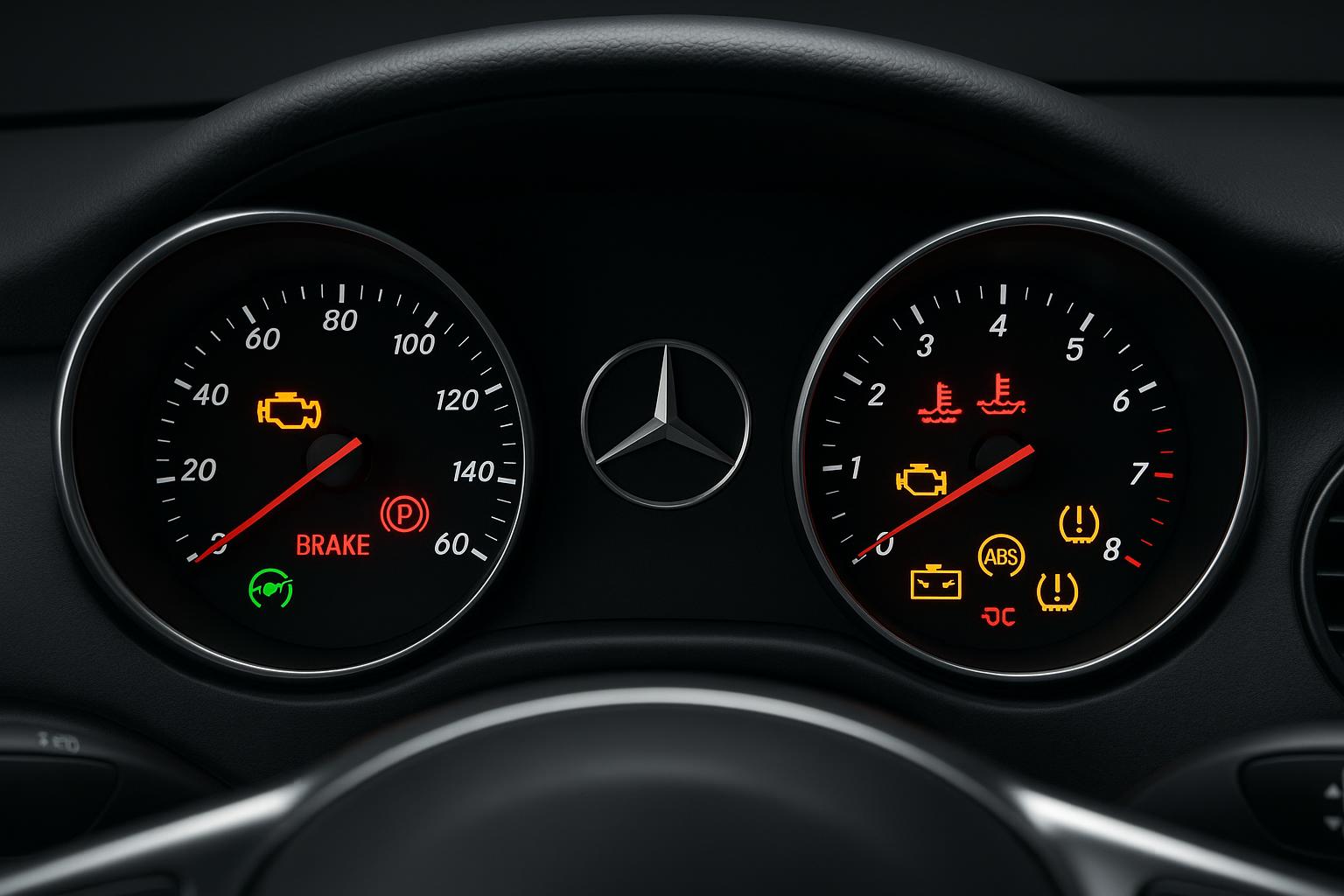
When we say “no throttle plates, less pumping losses” in the context of BMW’s Valvetronic system, we are referring to a fundamental change in how the engine controls the amount of air entering its cylinders, which directly impacts its efficiency.
What is a Throttle Plate?
In a conventional gasoline engine, the amount of air entering the engine is regulated by a component called a throttle plate (also known as a throttle valve). This is essentially a butterfly valve located in the intake manifold. When you press the accelerator pedal, the throttle plate opens, allowing more air to enter the engine. When you lift off the pedal, it closes, restricting airflow. The engine’s power output is controlled by how much air (and subsequently, fuel) is allowed into the combustion chambers.
What are Pumping Losses?
Pumping losses occur in conventional engines, especially at partial throttle openings (e.g., during cruising or city driving). When the throttle plate is partially closed, it creates a restriction in the intake path. As the pistons move down during the intake stroke, they have to work against this vacuum or resistance to draw air into the cylinders. This effort expends energy that would otherwise be used to propel the vehicle. It’s like trying to breathe through a straw – you have to exert more effort to get air in. This wasted energy is known as pumping loss, and it significantly reduces the engine’s overall efficiency, particularly at lower loads.
How Valvetronic Reduces Pumping Losses (No Throttle Plate):
BMW’s Valvetronic system largely eliminates the need for a conventional throttle plate to regulate engine power. Instead of restricting airflow in the intake manifold, Valvetronic controls the amount of air entering the cylinders by precisely adjusting the lift of the intake valves. This means:
Direct Airflow Control: The engine’s power is controlled by how much the intake valves open, rather than by a restriction upstream. When less power is needed, the valves simply open less, allowing less air in. When more power is needed, they open wider.
Unrestricted Intake Path: Because the throttle plate can remain fully open (or nearly fully open) most of the time, there is minimal restriction in the intake manifold. The pistons no longer have to work against a vacuum to draw in air.
Improved Efficiency: By removing this significant source of resistance, the engine expends less energy on the intake stroke, leading to a substantial reduction in pumping losses. This directly translates to improved fuel economy, especially in situations where a conventional engine would operate with a partially closed throttle.
In essence, Valvetronic allows the engine to “breathe” more freely and efficiently, adapting the air intake precisely to the driver’s power demands without the energy waste associated with a traditional throttle plate.

